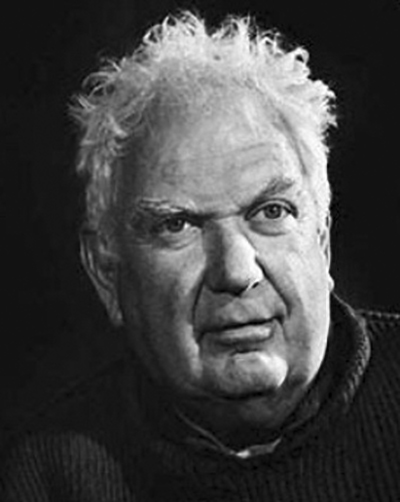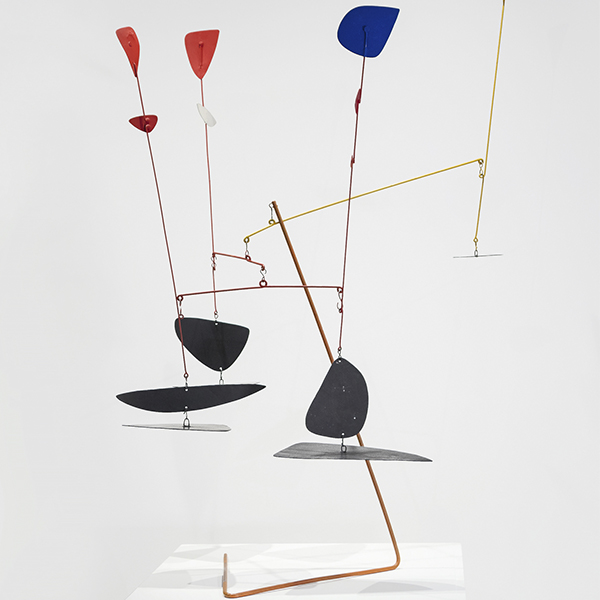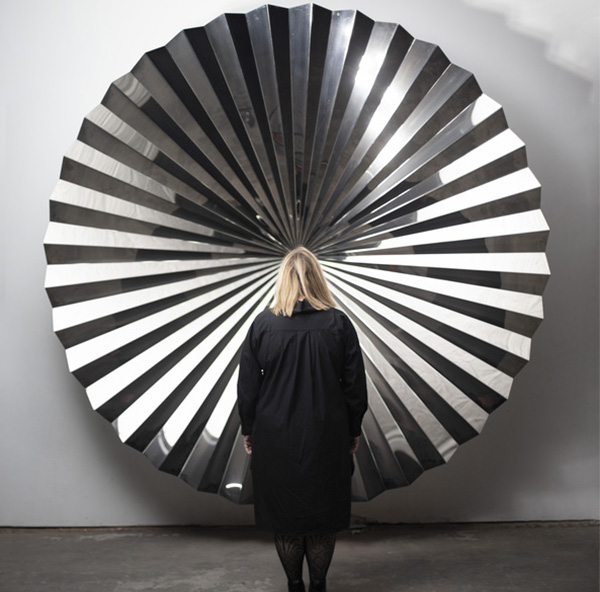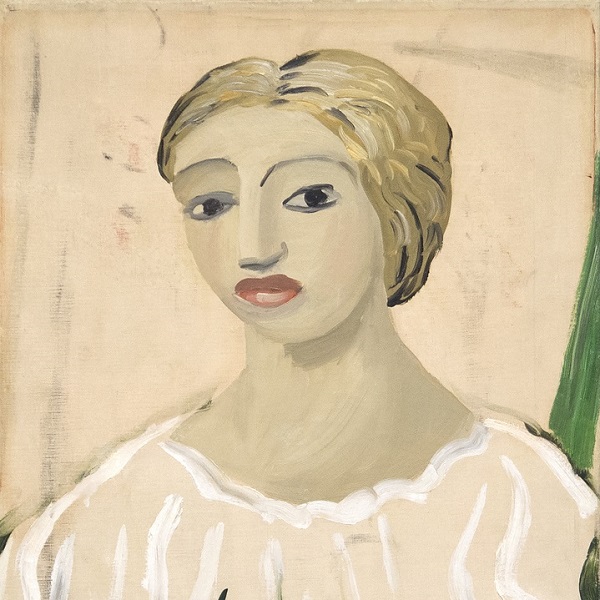ALEXANDER CALDER (1898-1976)
 Alexander Calder was a prolific American artist who infused his artwork with a wit and whimsy inspired by his early fascination with the circus. His childhood hobby of crafting objects from found materials initially led to a degree in Engineering and Applied Kinetics. However, only four years later in 1923, Calder enrolled in the Art Students League in New York, and began his first freelance art job in 1925. In doing so, Calder followed in the footsteps of his father and grandfather, who were classically-trained and practicing artists.
Alexander Calder was a prolific American artist who infused his artwork with a wit and whimsy inspired by his early fascination with the circus. His childhood hobby of crafting objects from found materials initially led to a degree in Engineering and Applied Kinetics. However, only four years later in 1923, Calder enrolled in the Art Students League in New York, and began his first freelance art job in 1925. In doing so, Calder followed in the footsteps of his father and grandfather, who were classically-trained and practicing artists.
Calder’s Circus (Whitney Museum of American Art), the small-scale model of a circus involving wire, wood, cloth, and leather string, among other materials, is an early example of this interest and represents one of Calder’s first wire “drawings”. While many artists made contour line drawings on paper, Calder used wire to draw three-dimensional people, creatures, and things into space. Eventually, these three-dimensional figurative drawings evolved into more abstract forms, which would become known as “mobiles”.
In 1932, Calder exhibited his first moving sculpture in an exhibition organized by Marcel Duchamp, who coined the term "mobile”. These kinetic sculptures are composed of wire counter-balanced with thin metal fins that are set in motion by random air currents to create natural movement. In addition to these sculptures, he created “stabiles”, or static sculptures, which are now installed in major museum collections around the world. His creation and elaboration of the mobile and stabile are his most lasting contributions to the history of art.










